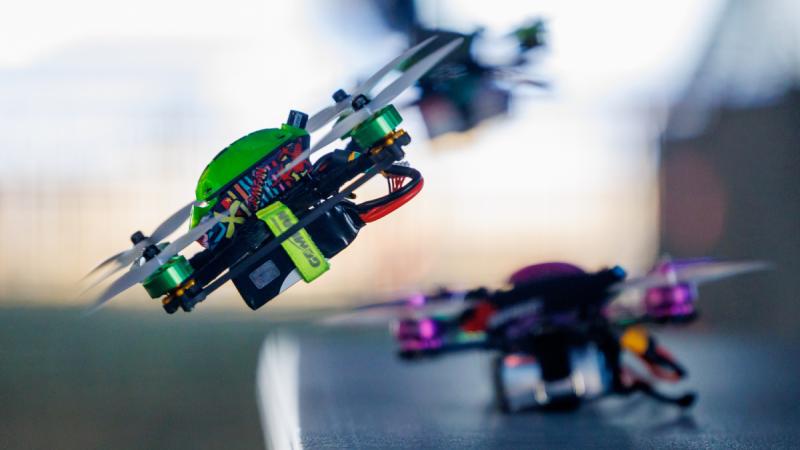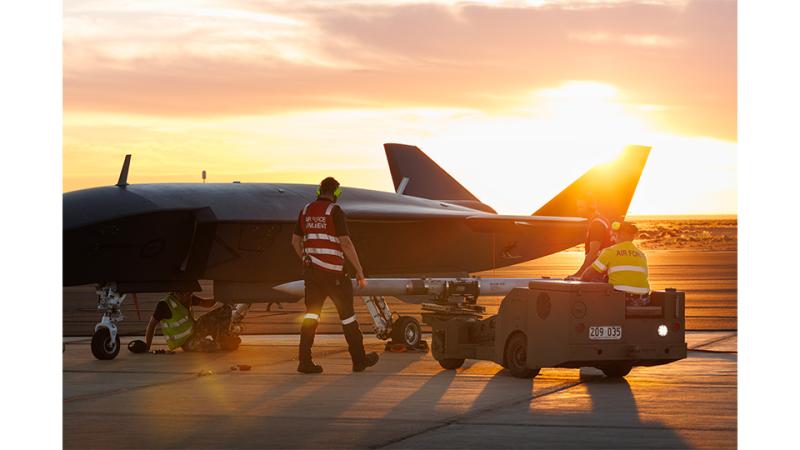30 October 2025
Trainees from the Army School of Electrical and Mechanical Engineering (ASEME) embraced the first iteration of their transformed biannual field training exercise in October.
Commanding Officer ASEME Lieutenant Colonel Hans Hamilton said the more efficient, scenario-based exercise would see more soldiers in the field, increase realism in training, and initiate a mutually beneficial relationship with the School of Armour’s Close Target Reconnaissance Wing.
Lieutenant Colonel Hamilton said the change was based on the Chief of Army’s direction – be ready to “fight tonight”.
“This field exercise is different,” he said. “Instead of micro-activities, we’re capitalising on the time available. So, they [soldiers] march in, they conduct a seven- to eight-day activity instead of doing discrete stands, which is very disruptive and doesn't allow a ‘pattern of life’.
“This activity also allows some superimposition with the School of Armour – to get some training value while we're in the field and actually feed that intelligence material to us to inform the OC’s [officer commanding] approach to the activity.
“If we can hone a soldier’s skills or repeat those skills they learnt at ARTC [Army Recruit Training Centre], then give them a little bit more, so they’re an effective team member by the time they go to their units, that’s a big tick for us.”
'It's hard, yes, it’s cold, it’s rainy, it’s windy, but it’s been great.'
The field training exercise comprises three components: the soldier skills block, combat service support and live-fire range activity.
Held at Puckapunyal, the soldier skills block recaptured soldier skills gained at ARTC in Kapooka, solidifying them in a field setting. Officer commanding the activity Major Dominic Buchan said the overarching scenario was the basic maintenance of soldiering skill sets in the defensive and offensive, beginning with two-day intelligence surveillance reconnaissance offensive operations.
“It’s situational awareness, maintaining defence, daily routine, and establishing and maintaining a battle rhythm whilst looking after your mates in a fatigue environment,” Major Buchan said.
“By day three, people are worn out, yet they have days to go. You can start to really see people’s character shine through in that tense application, particularly for young soldiers that haven’t had the opportunity before.”
Aircraftman Bhodi O’Connell was one such example. He turned 18 on the exercise, with high winds and 17mm of rain adding to the experience.
“It's hard, yes, it’s cold, it’s rainy, it’s windy, but it’s been great,” he said.
“A big learning experience. Lots of new things, especially as someone that’s Air Force training with a lot of Army.
“Definitely good to mix it up with soldiering skills as well as my trade skills.”
'They’re building on the foundational basics they learn in their initial training and consolidating them as part of the soldier skills package.'
The combat service support activity in the Albury Wodonga Military Area links individual and small-team soldier skills to operating within a technical but tactically focused mobile team.
Officer commanding the activity Major Martin Birrell said the exercise was enabled by the Land Domain Training System in taking basic soldier skills, combining them with technical trade skills, and applying them in a realistic environment.
“They’re building on the foundational basics they learn in their initial training and consolidating them as part of the soldier skills package for the field training acts we’re running,” Major Birrell said.
“That includes just basic security operations, ensuring they’re carrying out the proper routines within the site, and then they’re deployed out onto the tasks outside of the position as well.”
The live-fire range activity was held at Kapooka.
ASEME trainees can expect to take part in two iterations a year of the transformed field training exercise, beginning in March.


